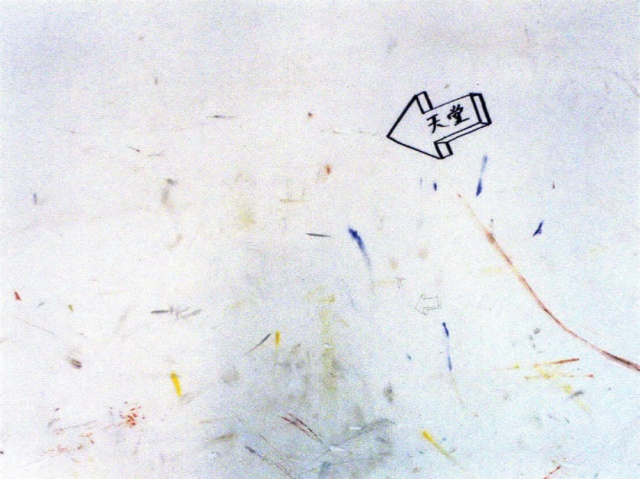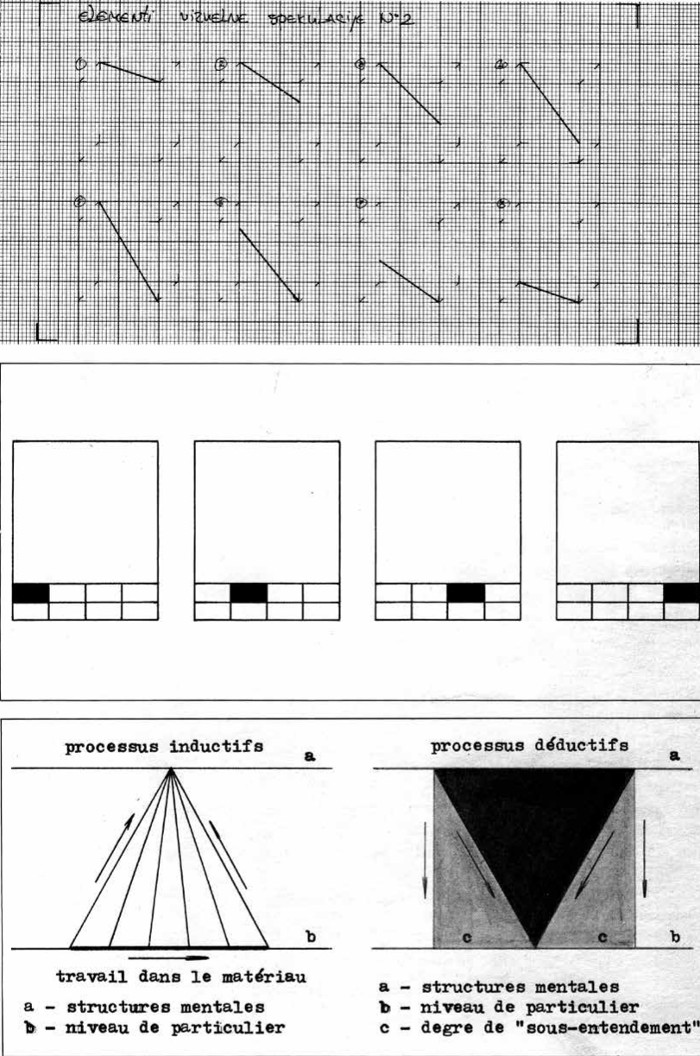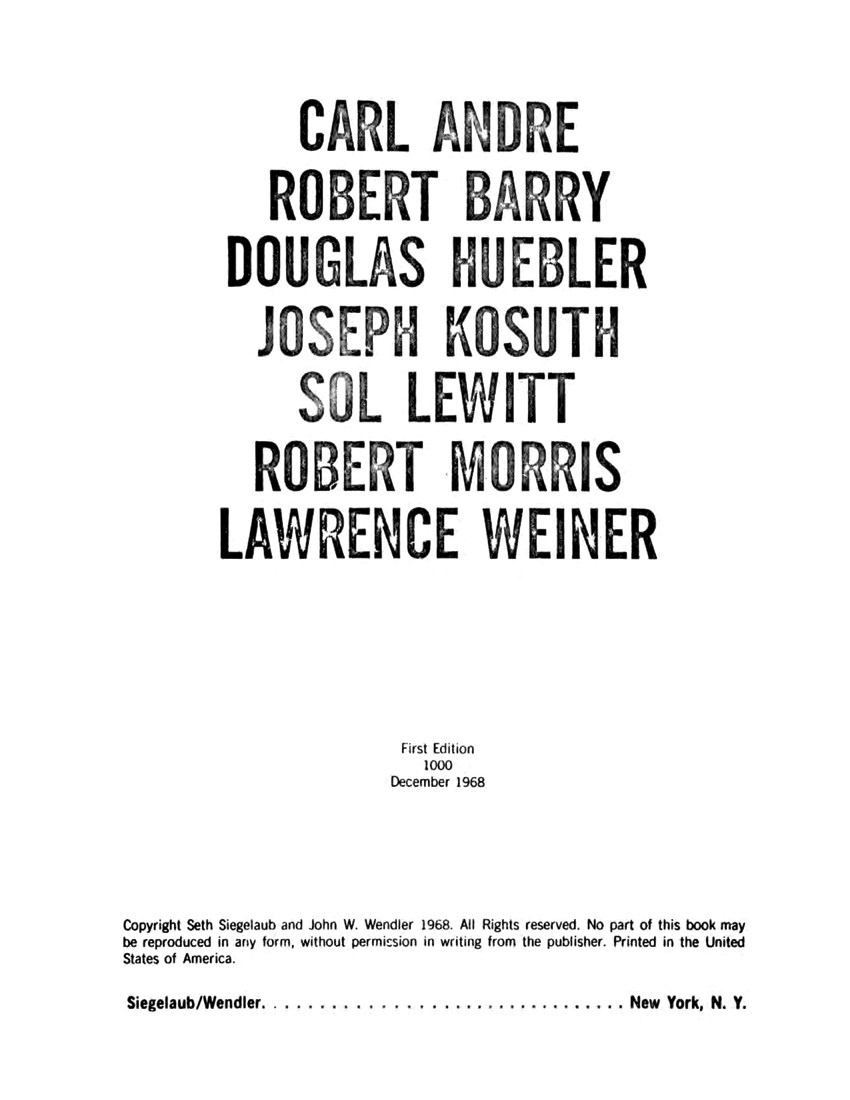Winnie Won Yin Wong: After the Copy: Creativity, Originality and the Labor of Appropriation: Dafen Village, Shenzhen, China, 1989-2010 (2010)
Filed under thesis | Tags: · 1990s, 2000s, appropriation, art, authorship, china, conceptual art, contemporary art, creativity, labour, painting

“Since 1989, Dafen village in Shenzhen, China, has supplied millions of hand-painted oil-on-canvas paintings each year to global consumer markets. Accused of copying Western masterpieces, and spurred by the Chinese party-state’s creative industry policies, Dafen village’s eight thousand painters have been striving to become original artists. Simultaneously, conceptualist artists from outside Dafen village have engaged with the creative alienation of Dafen painters, by purchasing their labor in works of appropriation art. This study examines the discourses of creativity, originality, and appropriation that frame Dafen’s painting production, and sets them against an ethnography of flexible work in the South Chinese painting trade. It explores the myriad ways in which Dafen village lends itself to intellectual and aesthetic explorations of the separation of painting labor from conceptual labor, as enacted in both modernist and postmodernist framings of artistic authorship.
The study begins by charting the historical categorization of Chinese ‘export painting’ and the emergence of the ‘painting factory’ as a cultural imaginary of Sino-Western trade. It then examines the political stakes of ‘creativity’ as constructed in Dafen television propaganda made by the national and local party-state. Then, turning to a single Vincent van Gogh-specialty workshop and the transnational wholesale and retail of van Gogh trade paintings, it theorizes the relationship of ‘craft’ to modernist authorship and signature style. Finally, it scrutinizes cosmopolitan conceptual artists’ and designers’ collaborations with Dafen painters, exploring the ethical and aesthetic terms of universal creativity raised by the Dafen ‘readymade’. Establishing continuities between Dafen production and the making of ‘high’ art while challenging their putative antinomies, this study shows how the ideology of individual creativity undergirds the cultural industry policies of the local party-state, the consumer demand for authentic craft, and the appropriation of labor in contemporary art.” (Abstract)
Thesis, Ph. D. in History, Theory, and Criticism of Art and Architecture
Dept. of Architecture, Massachusetts Institute of Technology, 2010
Supervisor: Caroline A. Jones
410 pages
Dietmar Unterkofler: Grupa 143: Critical Thinking at the Borders of Conceptual Art, 1975–1980 (2012) [Serbian/English]
Filed under book | Tags: · 1970s, art, art history, conceptual art, film, performance art, photography, serbia, yugoslavia

The late-conceptualist art collective Group 143 was founded in March 1975 by Biljana Tomić in Belgrade as an open educational and theoretical platform at the Student Cultural Centre. Besides Tomić, the other key figures in the group were Miško Šuvaković, Jovan Čekić, Paja Stanković, Neša Paripović, and Maja Savić. The group worked together for five years, producing a broad range of artistic work in the media of photography, film, the artist’s book, diagrams and charts, public lectures, and performance art. Their research was focused primarily on epistemological and theoretical questions about the “art world” in general and the critical potential of intellectualized art-thinking within the conditions of late socialism in Yugoslavia.
The theoretical foundation of their art was shaped by structuralist and post-structuralist French theory, language philosophy, post-constructivism, and British and American conceptual art. Their last public presentation of their work came in August 1980, when Group 143 had a solo exhibition at Galerija Loža in Koper. (Source)
Grupa 143: kritičko mišljenje na granicama konceptualne umetnosti 1975-1980
Publisher Glasnik, Belgrade, 2012
ISBN 9788651915539
393 pages
Seth Siegelaub, John W. Wendler (eds.): Xerox Book (1968)
Filed under artist publishing | Tags: · art, conceptual art

“Perhaps one of the most revered artists’ publications of the 1960s, the Xerox Book, published by dealers Siegelaub and Wendler is a xerox book in name only. Conceived by Siegelaub as an inexpensive artists’ publication – each artist was afforded twenty-five pages [plus a cover / title page] to execute a site specific project for the publication. The resulting projects were among the most important ever printed by these artists Carl Andre, Robert Barry, Douglas Huebler, Joseph Kosuth, Sol LeWitt, Robert Morris and Lawrence Weiner. When going to press Siegelaub discovered that xeroxes would be more expensive than traditional offset lithography so the xeroxing was forgone for reasons of expense, however, the name of the intended publication lives on.” (source)
Published in New York, December 1968
190 pages
via Primary Information
Commentary: Zachary Sachs (Container List, 2011), Jack Wendler (2012, video, 7 min).
Comment (0)
